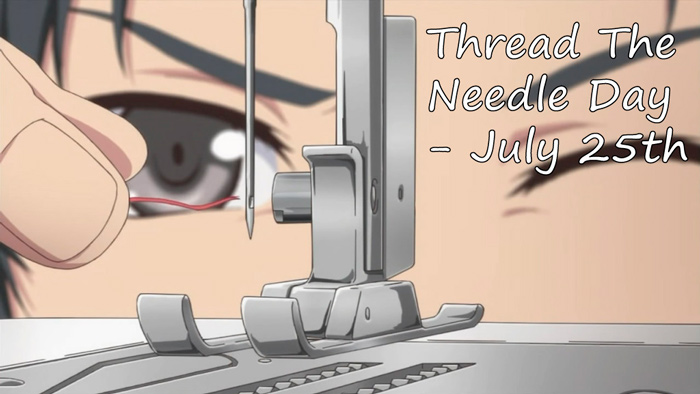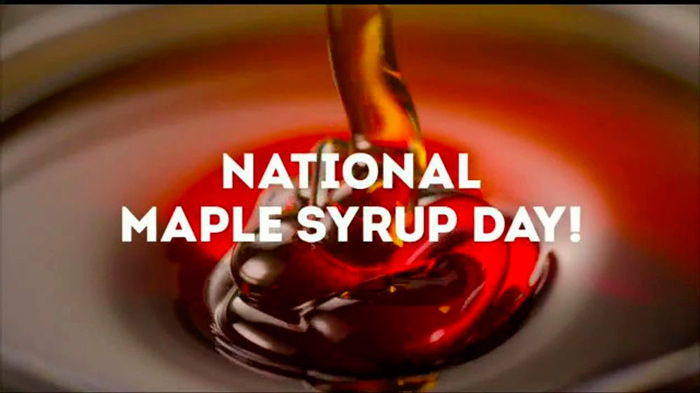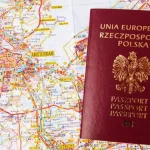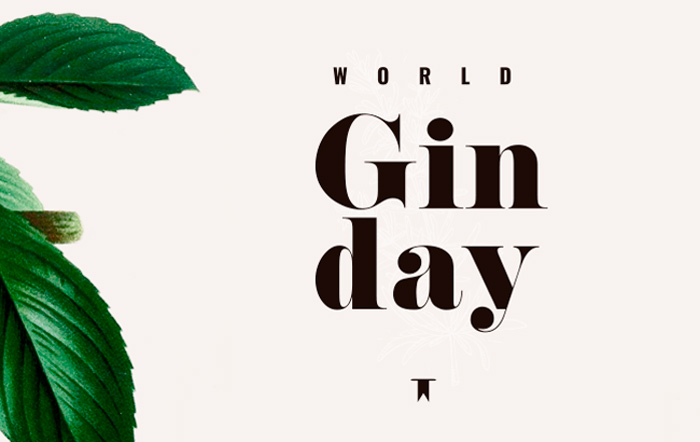The usual and all familiar button is, in fact, a witness of the thousands of the years that long have passed. It is this that was found in the ancient trunks and the tin containers. With the images of the emblems and finished with the nacre, it is the real rarity of the oldest times that today is preserved in the museums.
Hold on, you didn’t know about the rich heritage of this small accessory? Then it’s high time to find out when is National Button Day in 2025 and what else does it hide in its long lasting story? Read on!
History
The very first fasteners, slightly reminding of the buttons, appeared in around 3rd century BC. The excavations near the Indus river revealed the affair with the two holes, presumably, for being sewed on the clothing.
In Europe, the things came a century later and were mainly used by the Greek soldiers. Perhaps, they needed something – except for the pins – to secure the pieces of the garment together. The leather belts of their military uniform were fastened several metal buttons. In a while, the citizens also got used to wearing the tunics with the button and the loop on their shoulder. From the 4th century BC to the 1st century AD, the things were often made of the gold.
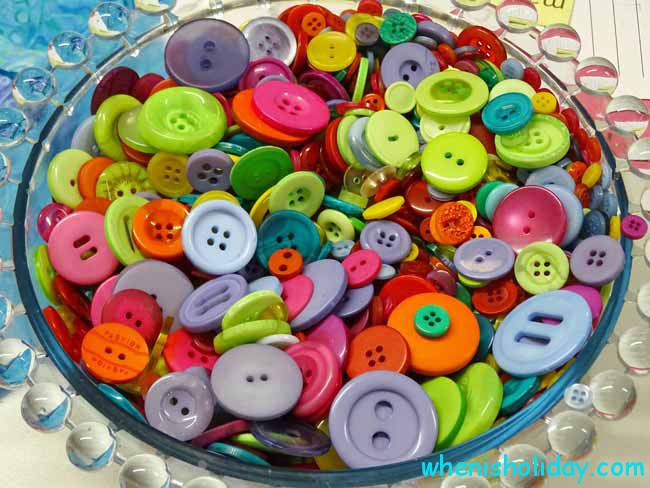
The Middle Ages brought the new shapes and colors of the buttons from the Middle East to Europe, from time to time. In fact, the saying “show me your fastener and I’ll tell you who you are” would have been utterly appropriate in those times as this small and seemingly inconspicuous detail could tell a lot about its owner.
When the Europeans finally learned to sew and wear the clothing modeled after the body shape of the person, they can’t do without the buttons anymore. In the 14th century, the affairs were used as the decoration. They were sewed to the sleeve, from the elbow to the cuff, and to the chest – from the neck to the waist. Gold, silver, ivory, tortoise shell, jewelry – the materials were countless. The thing reported about the status and wealth of the owner and informed the people around on the nobility of their family.
Yet the things for the grassroots were made of the bones, wood, and ceramics. Then, they began to use the fabric to cover the buttons or to embroider them. The most interesting fasteners became current two hundred years ago. Those were covered with the glass and underneath the creators put the flowers, butterflies, and even portrays (that’s why they were not that small).
France reached the top level of the skill in producing the most curious species. Yet the buttons got the ubiquitous presence only in the 18th century. And what looks more surprising, it was the men who got inspired with the deepest love for the affairs! The women refused to acknowledge these inventions and went on to be true to the pins.
When is International Button Day 2025? Well, the answer is known thanks to the National Button Society, based in the US, that proclaimed the holiday with the purpose of promoting the collecting of the things and educating the mankind on the history of these unobtrusive yet so significant elements of the clothes.
With time, the affair obtained the papier-mache touch, then the inlays of the sea shells and nacre. Since the 20’s, the most beautiful fasteners – those of the very elaborate work – became the accessory of the fancy garment while the modest plastic specimens hung on the everyday clothing.
Meaning
What does National Button Day mean? It means appreciating those little fasteners and respecting the widespread hobby of the millions!
However, the lion’s share of the humans does not make much of the buttons. Nevertheless, the tiny thing is able to considerably change your outfit and bring the flair of fashion to your look (besides the crucial role of firmly keeping the pieces of your shirt together).
In fact, we can hardly be amazed by the shape or color of the things because there were myriads of the different types of them. The most frequent ones are that made of the wood, leather, glass, bones, nacre. And metal, of course! By the way, the latter even served the purpose of being the means of paying. Germany knows the saying that claims – do not fling buttons about. Usually, the metal used in the thing’s manufacture is the gold, silver, tin, and copper while the shape can be the almond-, pear-, egg-like, with the size of the tiniest pea. They are openwork, finished with the niello, engravings, multicolored enamel. On top of that, the buttons can be made of the polyether with the metallization and various inlays, or of the plastic with the sputtering.
People who get crazy about collecting the affairs are just a bit inferior in the numbers to the philatelists. It is considered to be the independent area of collecting. In the United States, there is the association of the buttons lovers that counts more than five thousands of the members. Regardless of what day World Button Day falls on, they celebrate these fasteners for every day!
Definition
According to the years of its existence, the button has performed several functions.
First, it is the part of the decoration of the clothes. The Ancient Egyptians wore the disks looking like the buttons as the reward marks. Later on, the Greeks and the Romans used them as the elements to embellish the garments. The skill of the implementation and the level of the refinement should have demonstrated the wealth of the one who wore them. The gold and ivory symbolized the prosperity and the status in the society. They were sewed to the outerwear and done up with the leather loops. The exclusive buttons were handed down to the next generations and included in the dowry. When the new sorts of the clothes appeared, such as the tailcoat, frock-coat, and jacket, the things were made in the small sizes and restrained colors.
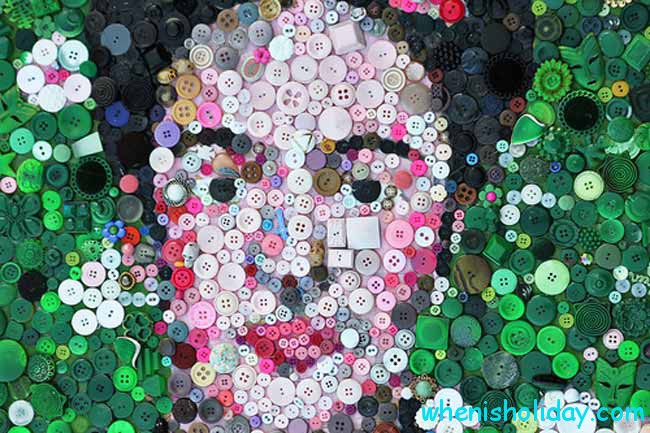
Second, it is the identification mark. For the various ministries, armies, navies, educational establishments, there were the different fasteners. Today, the historians arrived at the conclusion that the button on the uniform can show us which department the owner belonged to, which years they served in, and what rank they had. Those of the officers differed in the position on the clothes and the color of the metal (they wore the gold and silver buttons).
Finally, it has the mystic meaning. People believe that the button can scare away the evil. To do that, they put the piece of the metal or the round stone in the fastener which emits the moderated sound, like the ringing of the bell. This “melody” turns the usual buttons into the amulets.
What is the date of National Button Day 2025? It’s set on November 16!
Traditions
What are the ways to celebrate this colorful holiday?
Well, it is the perfect excuse to start your own collection of the buttons. Rummage in your wardrobe, surf through the old clothes and snip off all of the fasteners you can find.
Besides collecting, delve into the buttons’ crafting! There are dozens of the things you can create with the help of those little affairs – the bunch of flowers made of the buttons, the ornaments, the home-decorating elements, the bags, the greeting cards, and the like.
International Button Day Facts
- Some sources have it that the Great War may have broken out because of the badly unfastened buttons. Franz Ferdinand died as it took too much time to undo all of his fasteners.
- Once upon a time, the king of France ordered his jeweler thirteen thousand and six hundreds of the little gold things to finish his velvet garment.
Mark in the calendar, when is Button Day in 2025, and pay more attention to this detail of your wardrobe!




